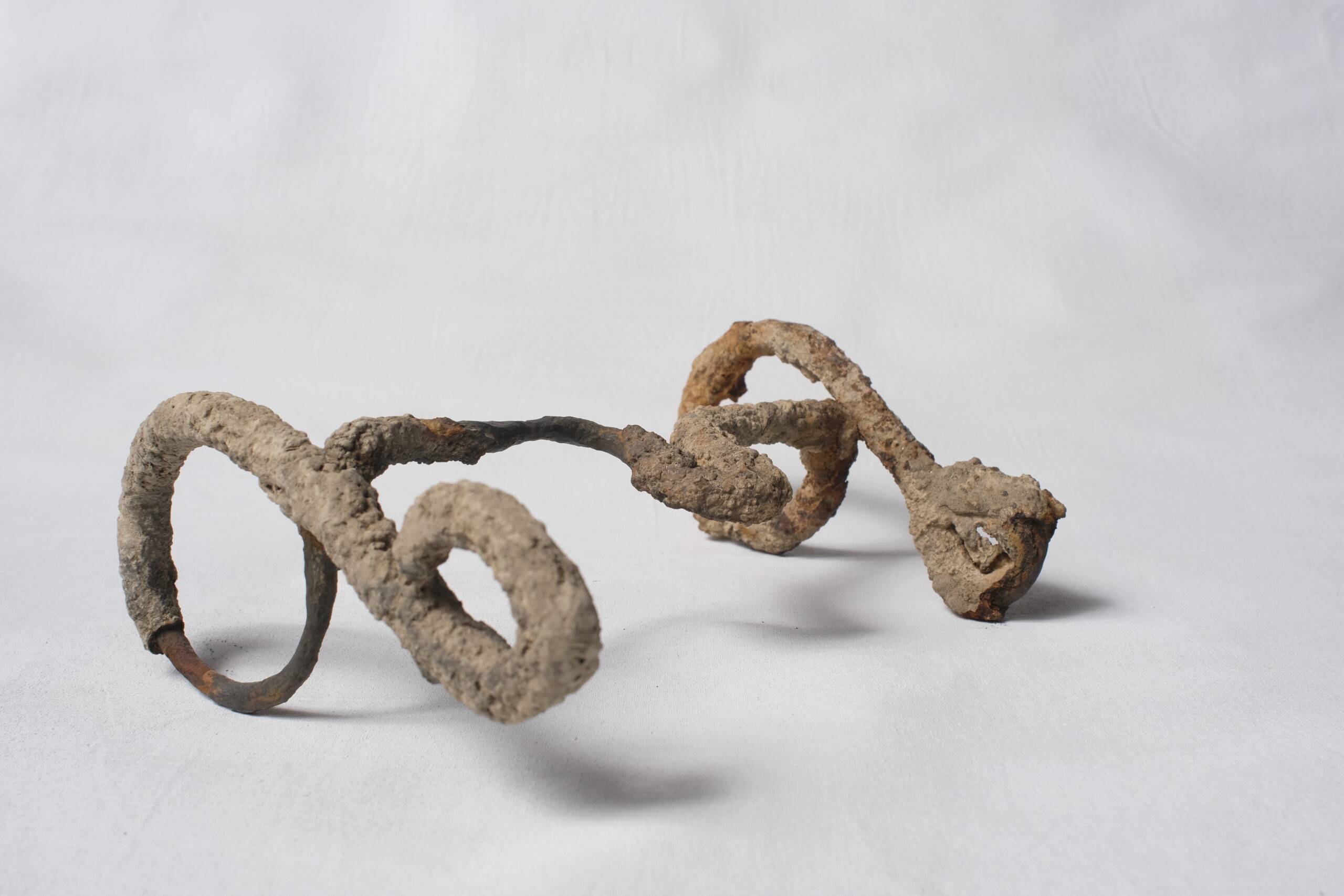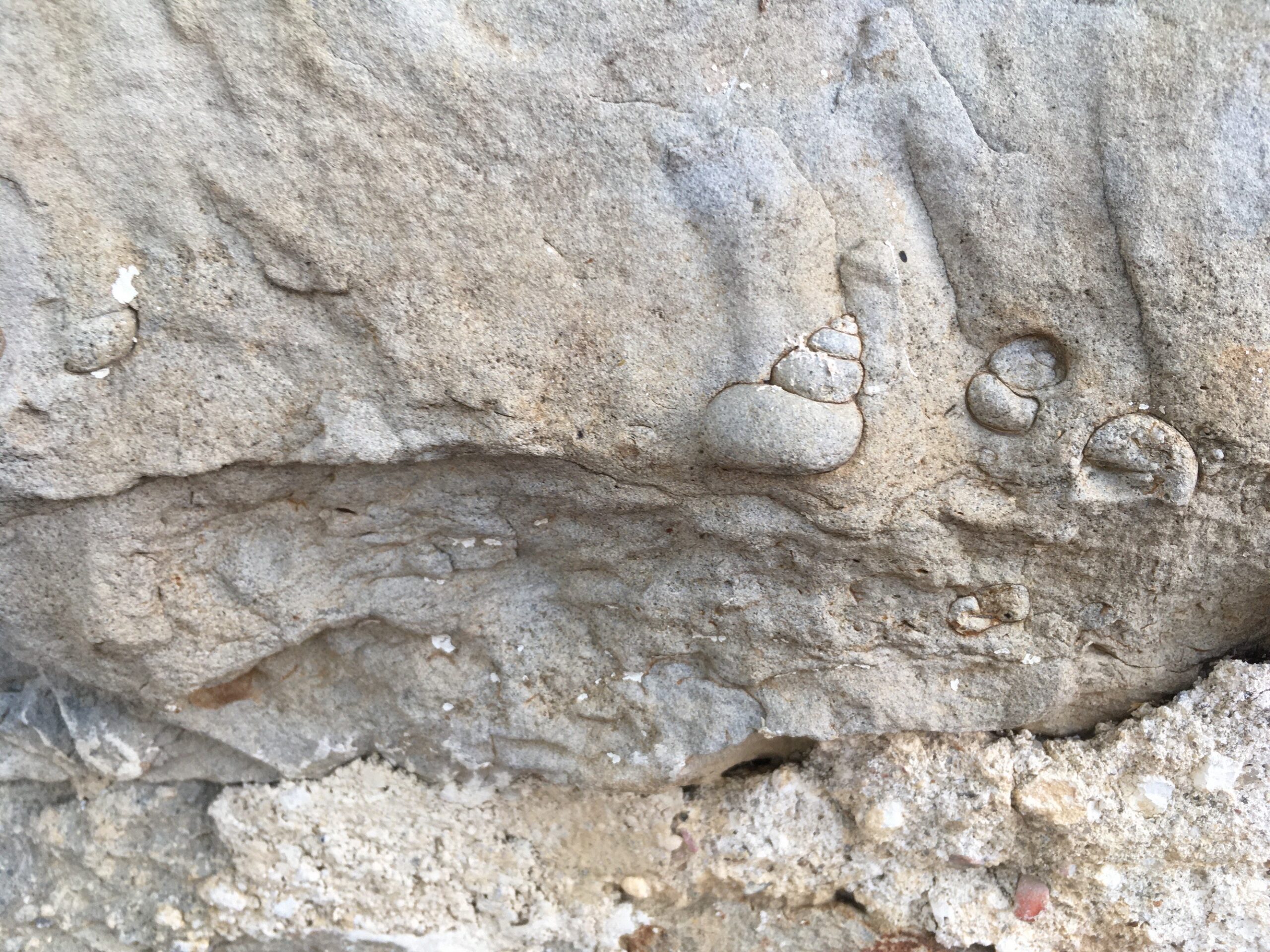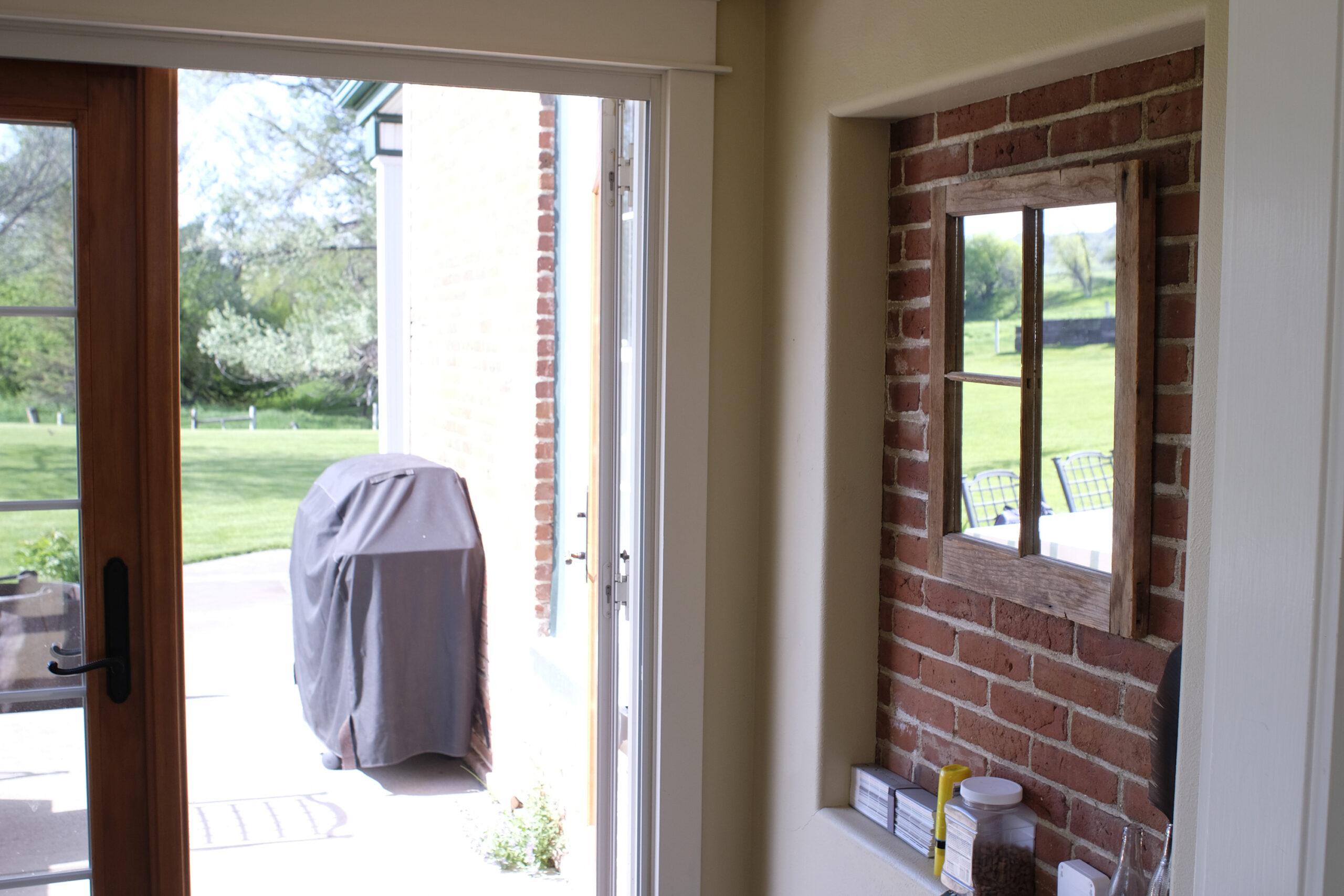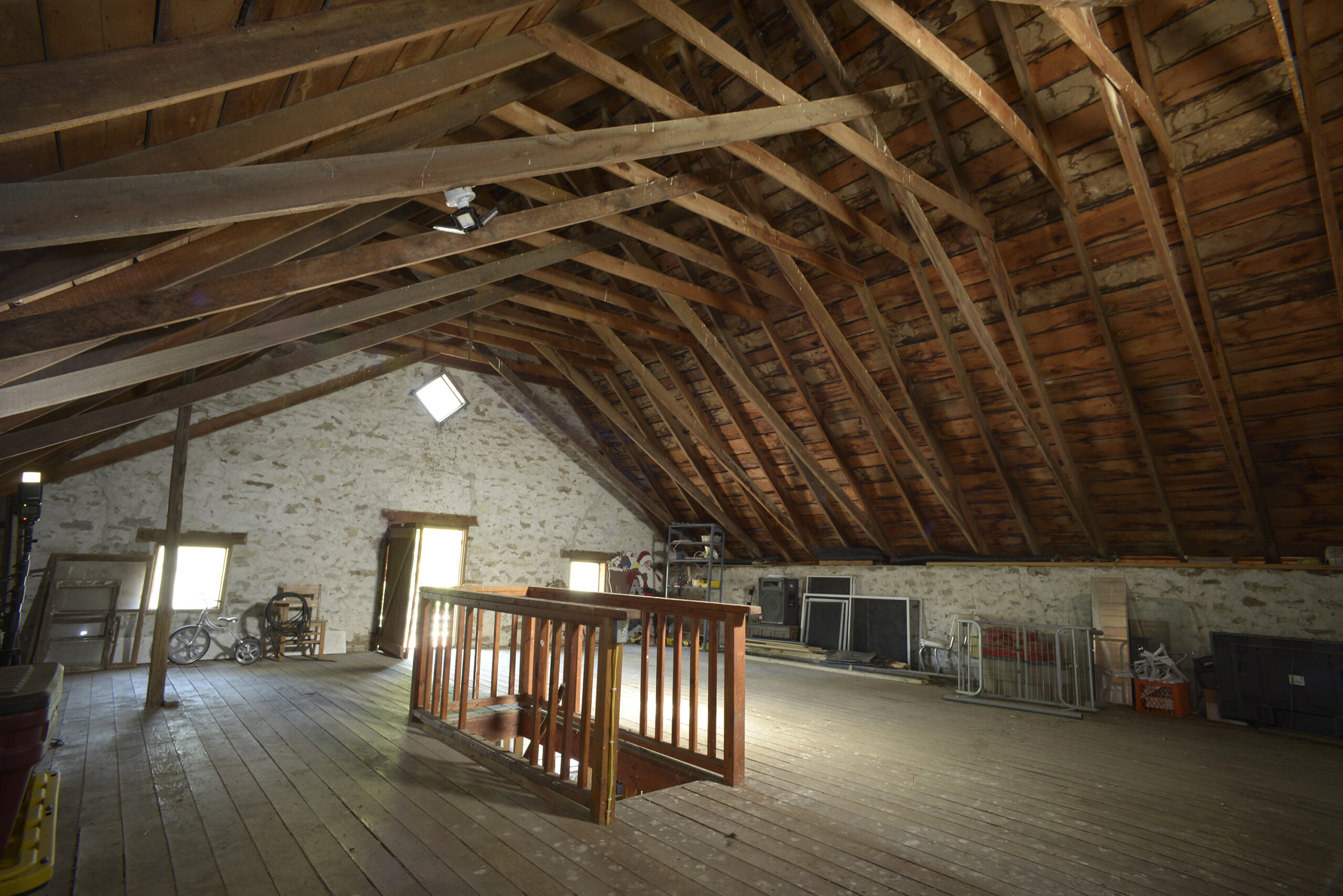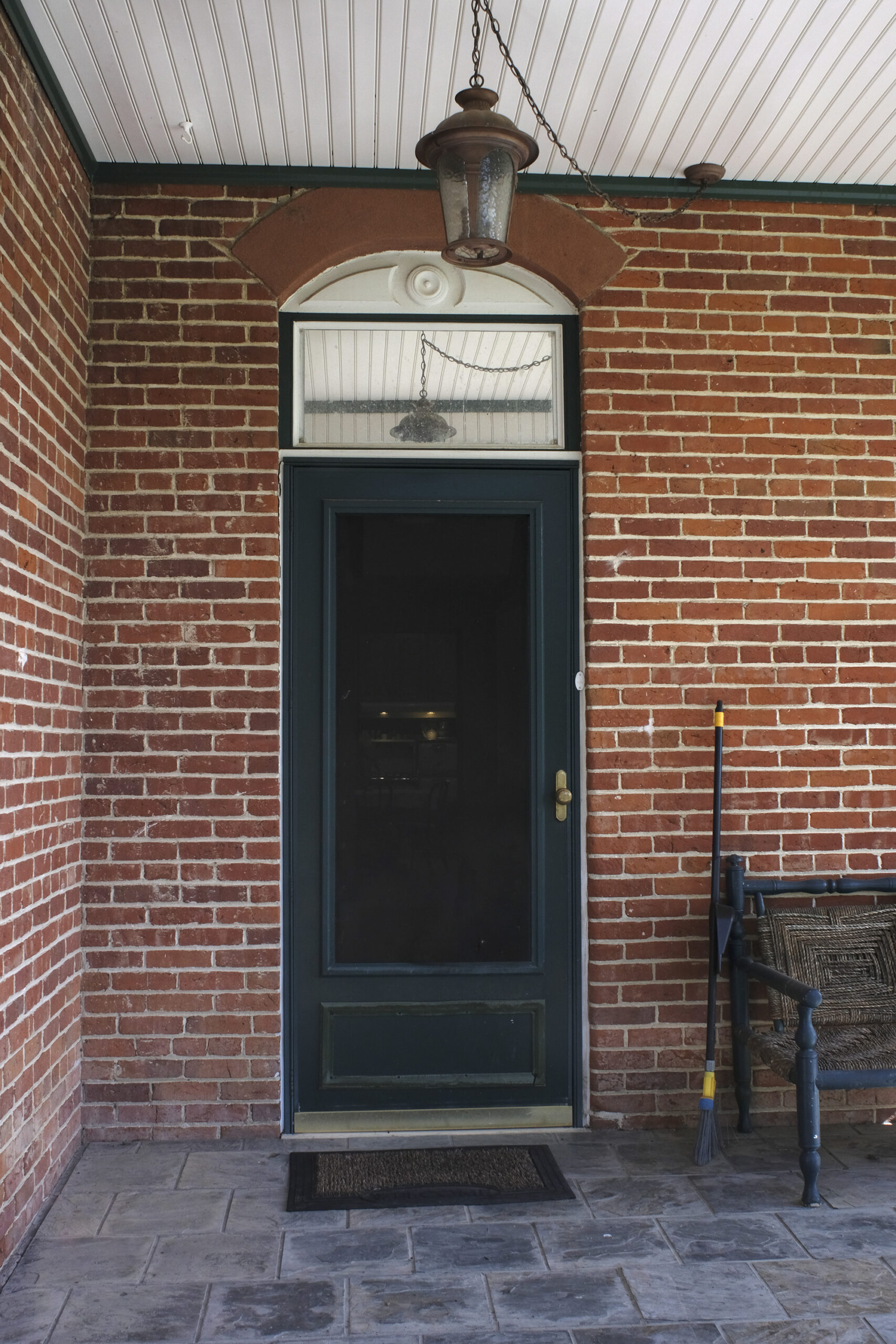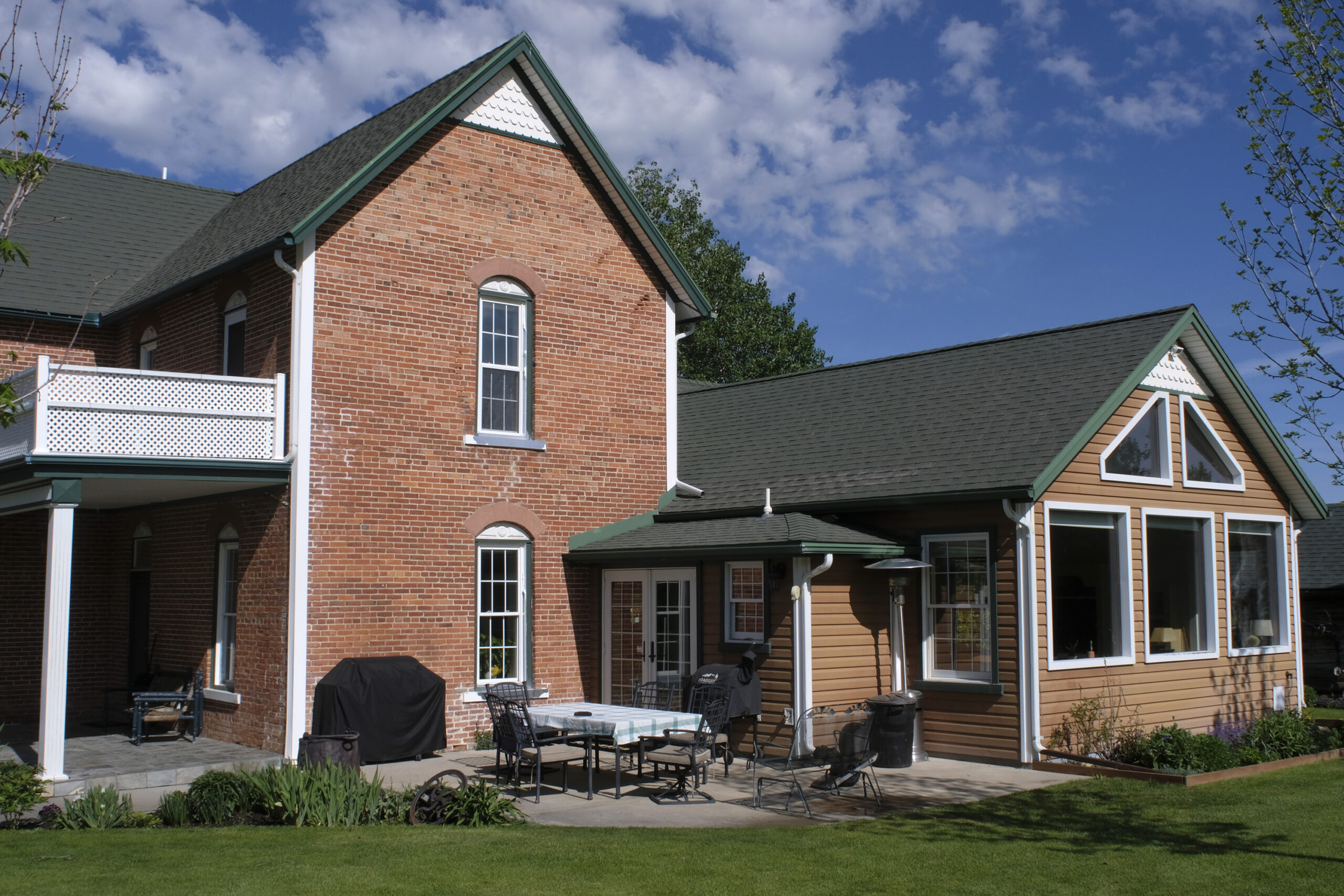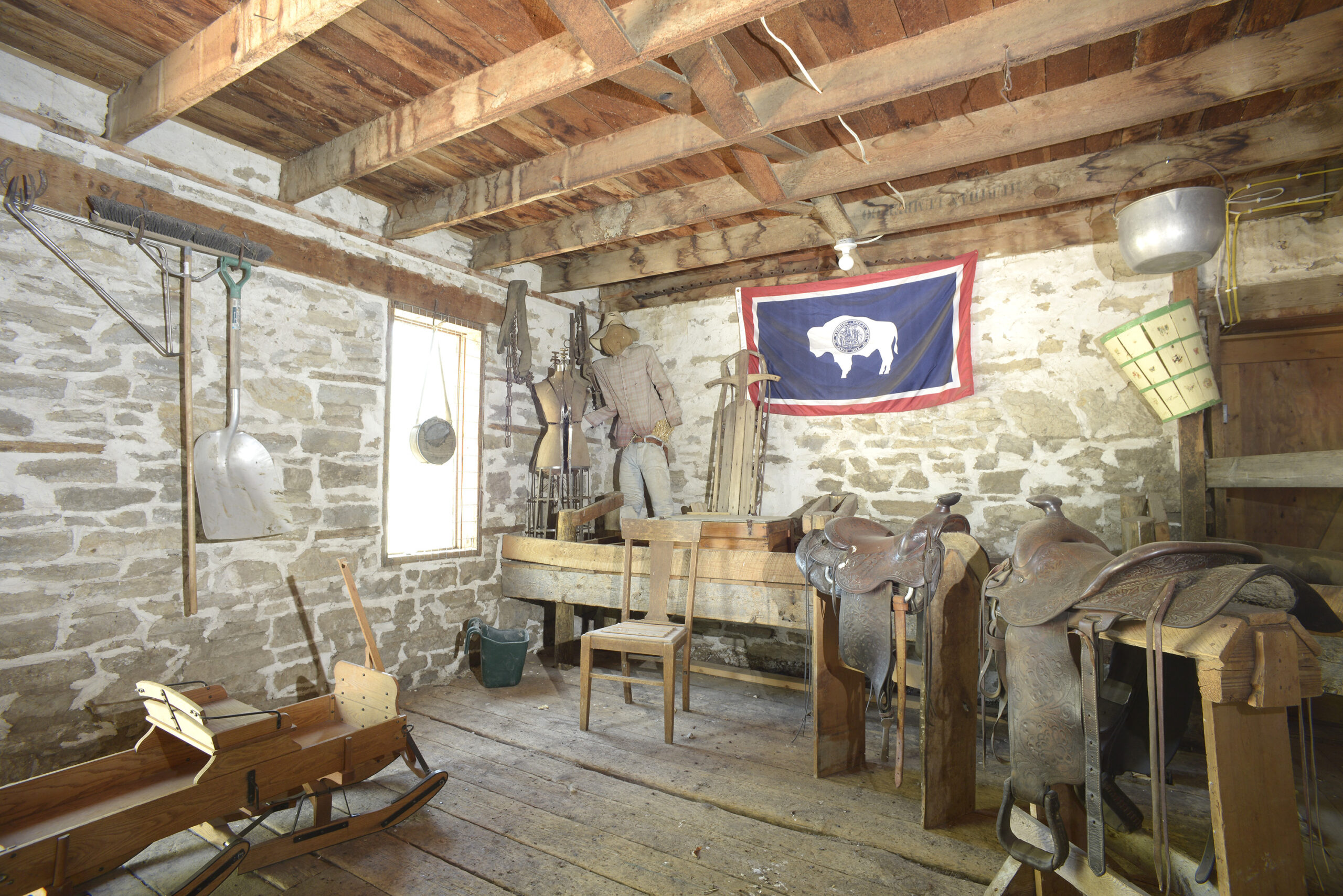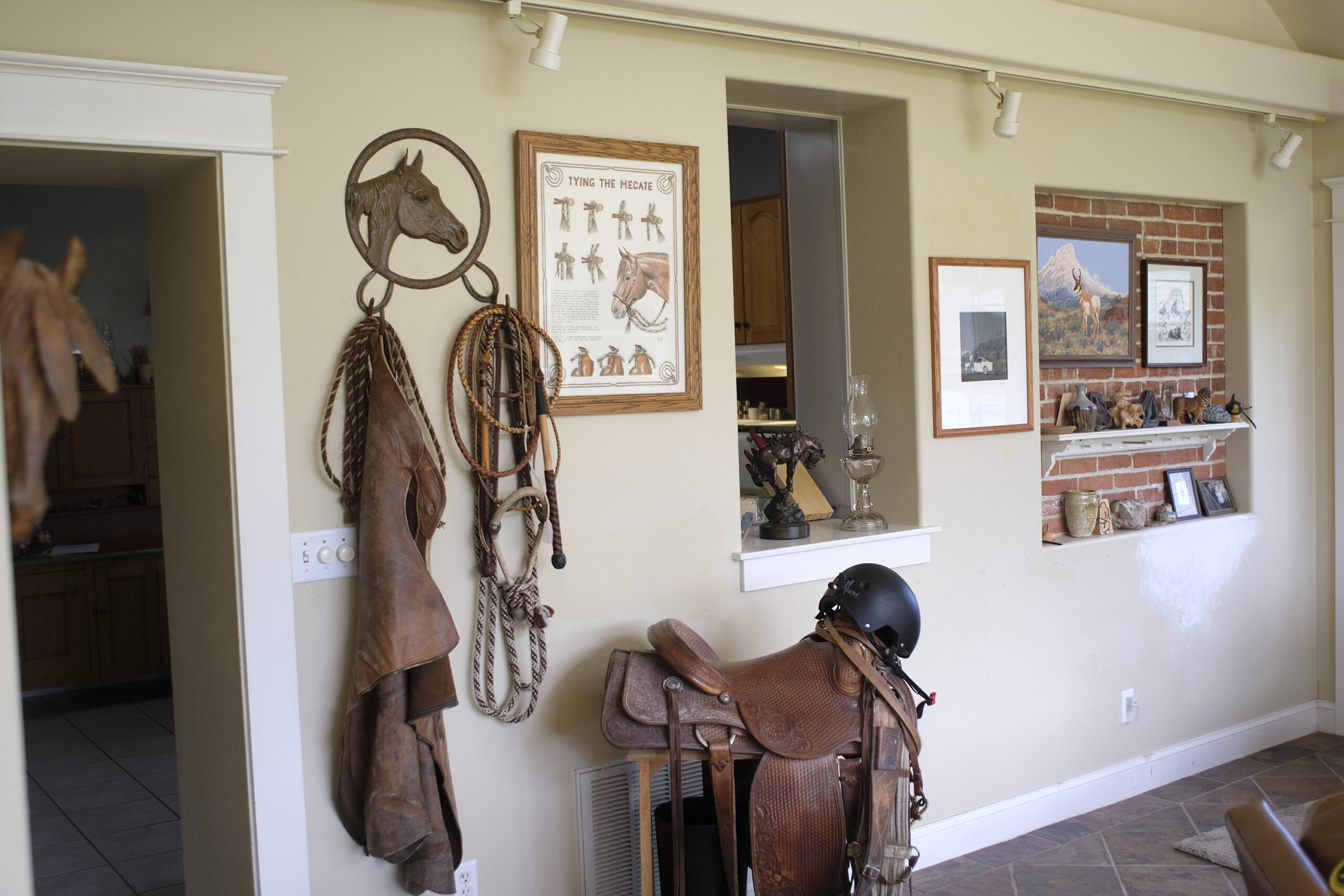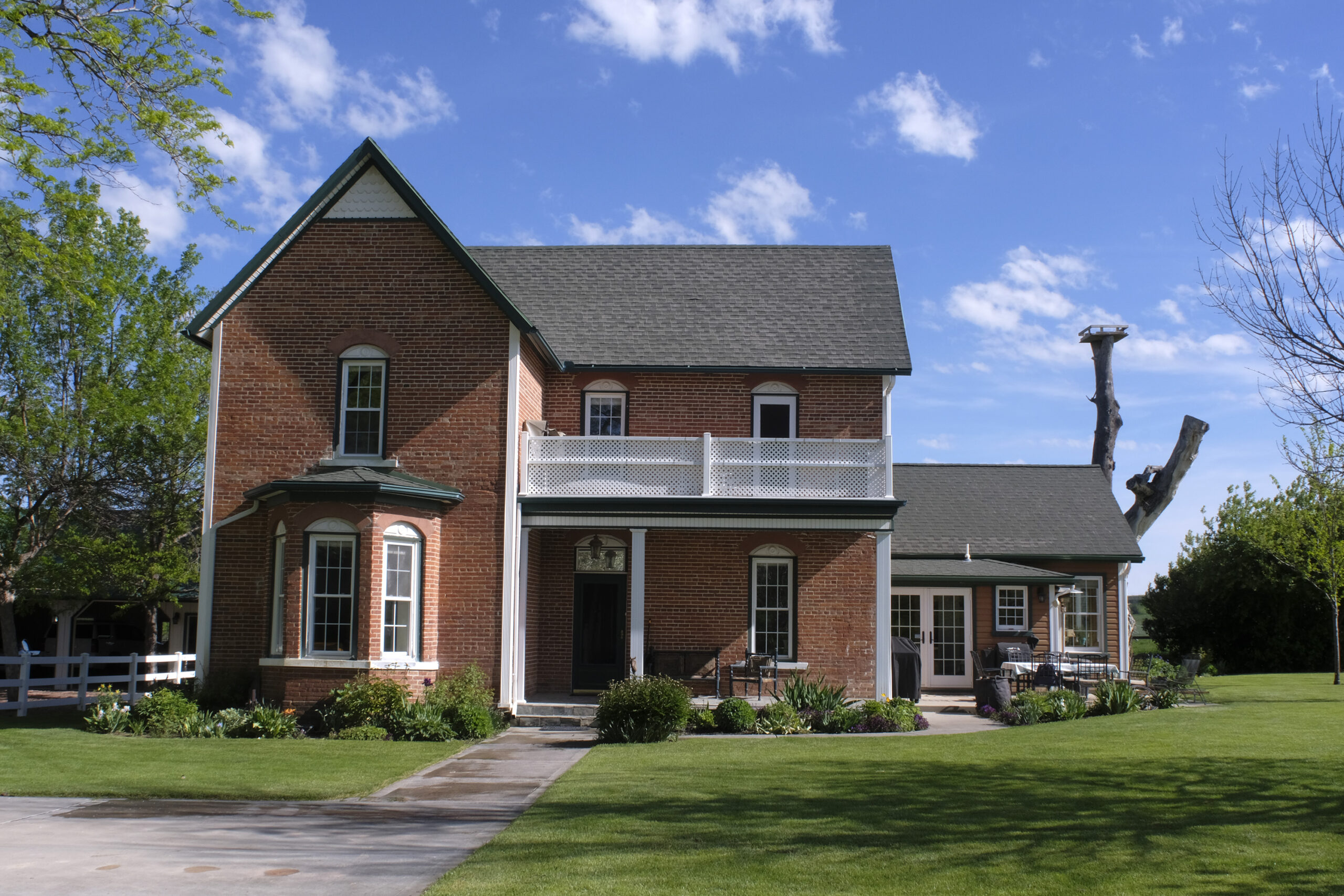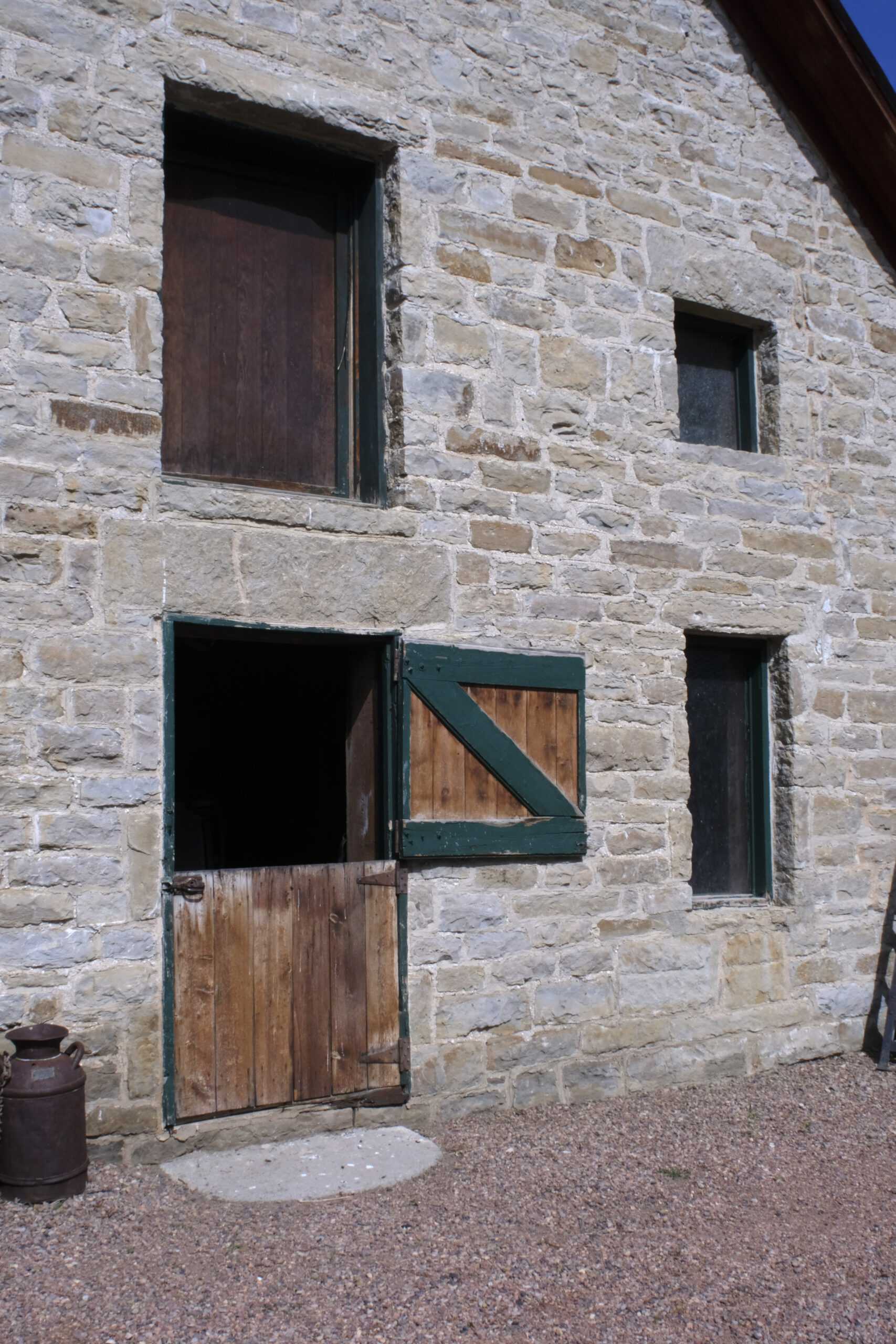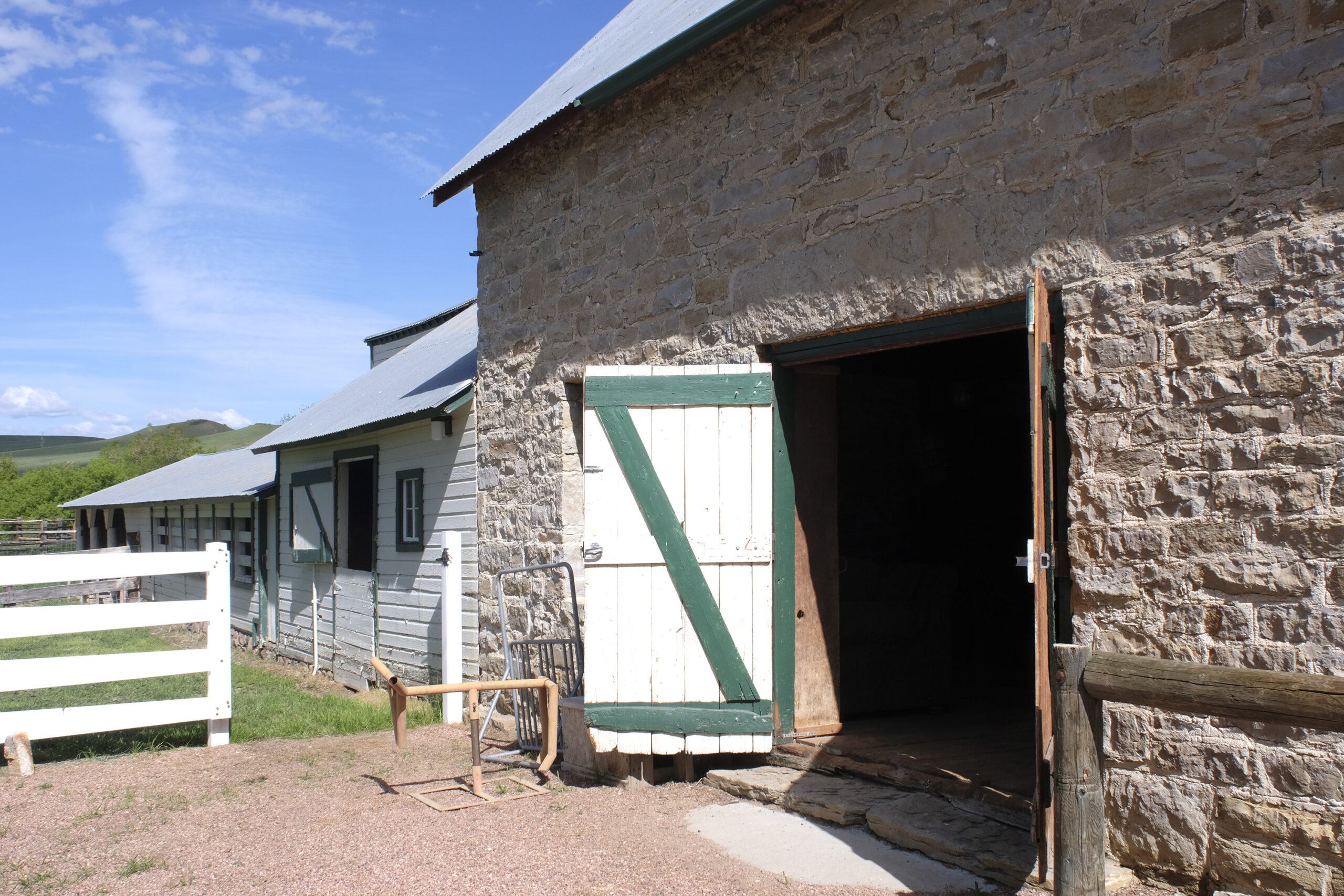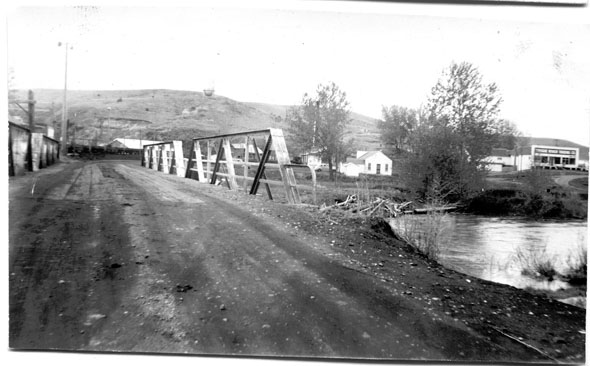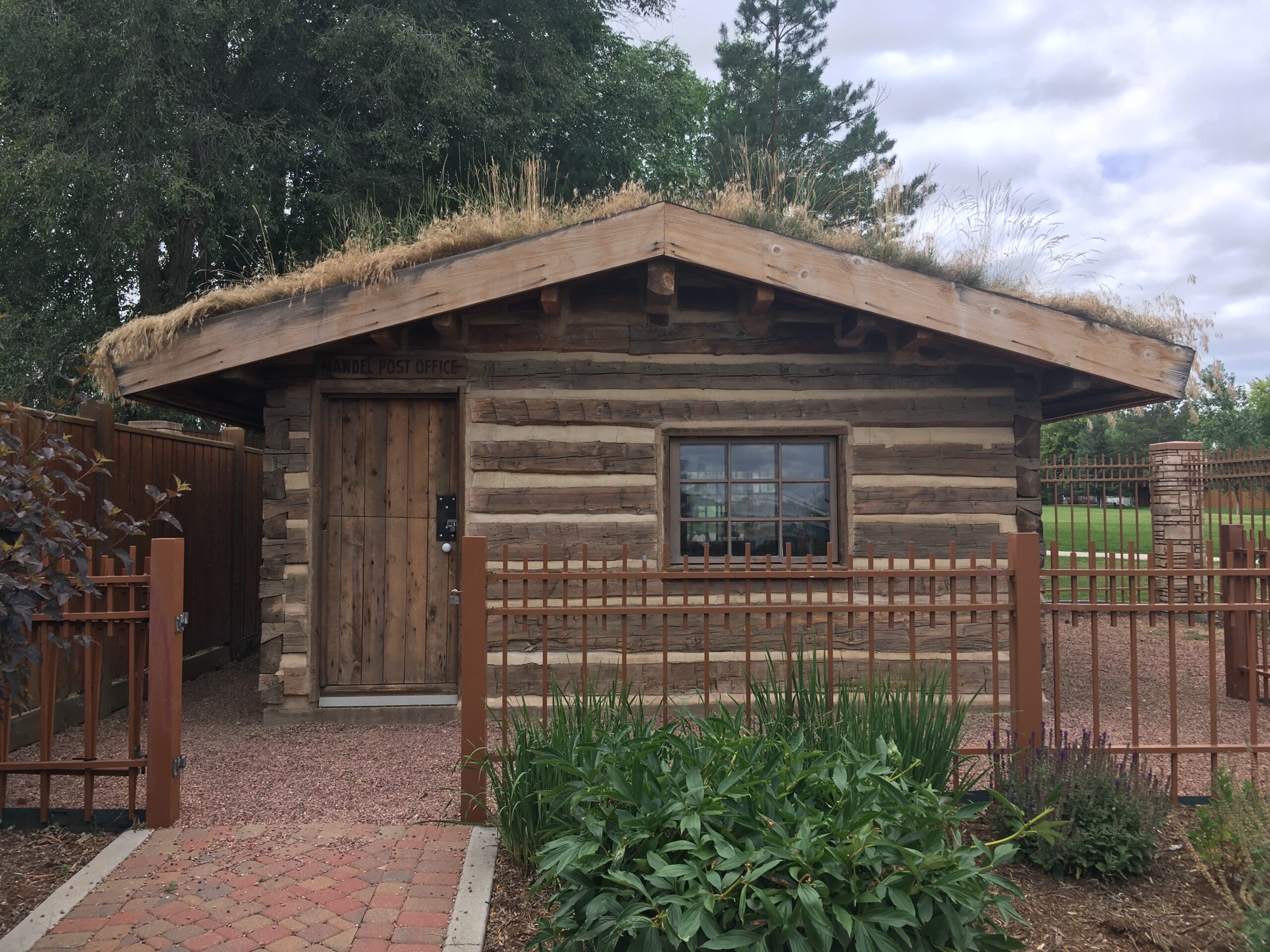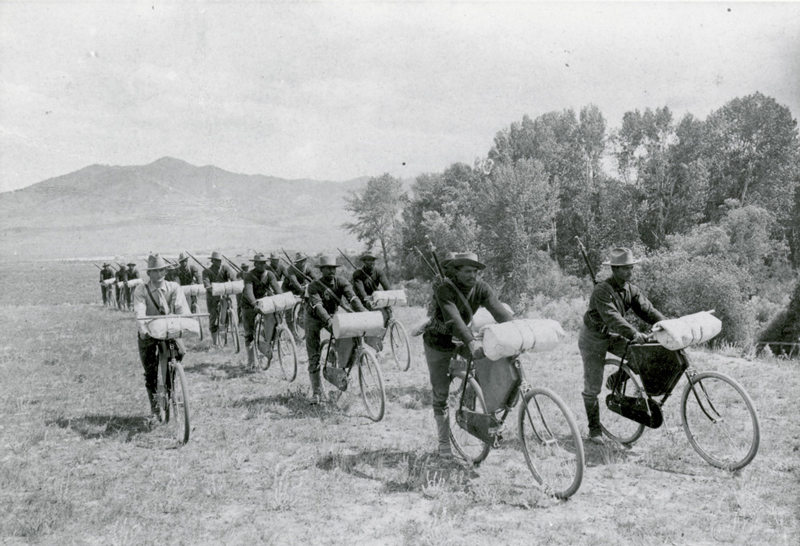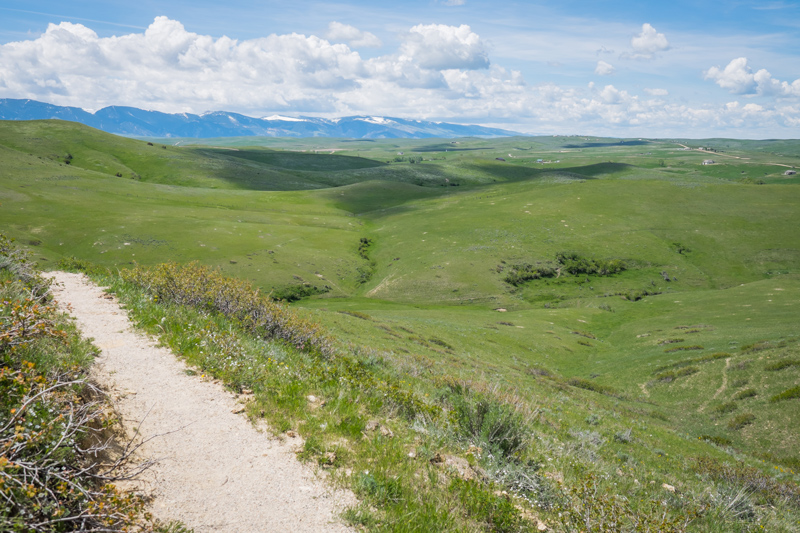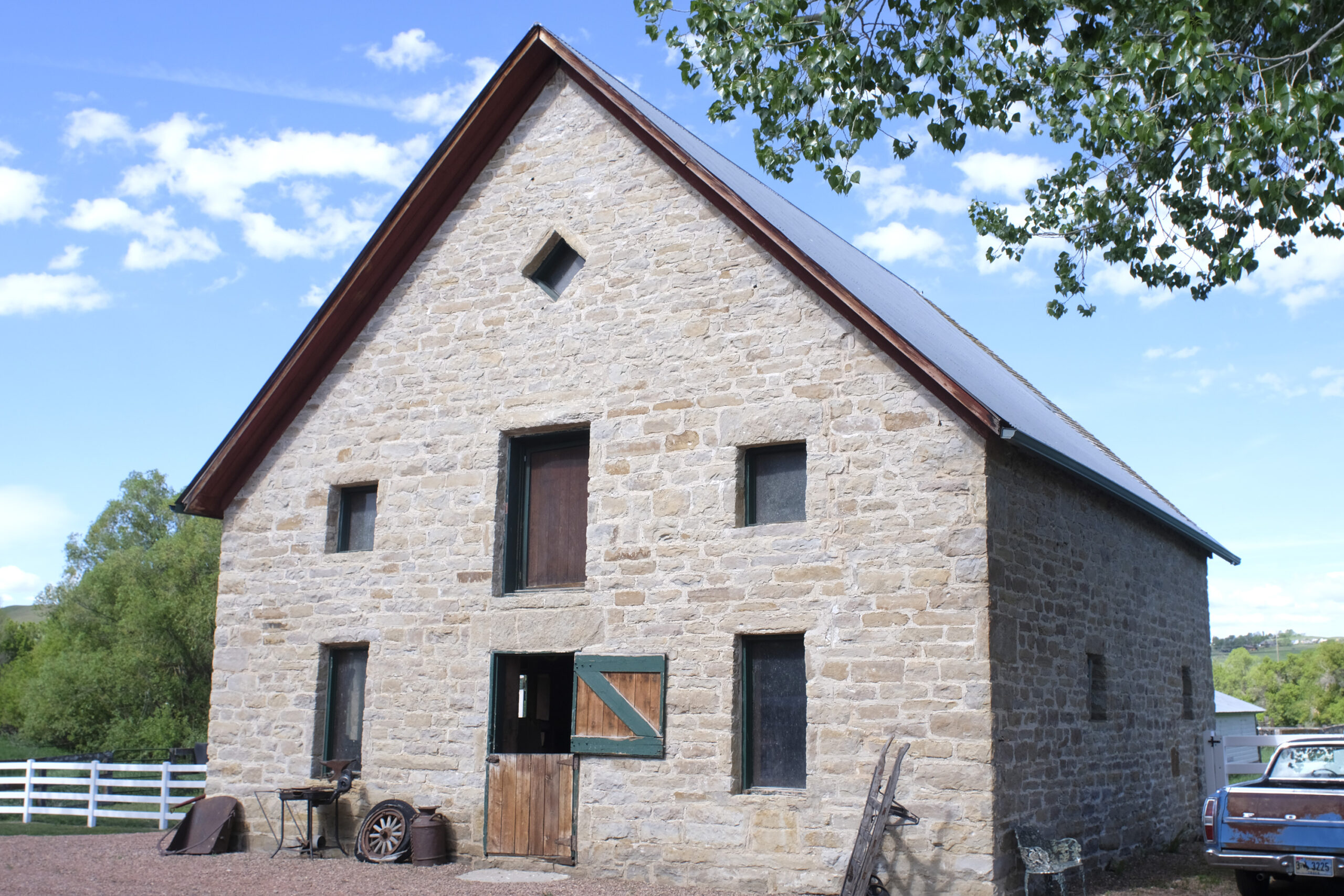
A Homestead Filled with History
When Stephen George built his cabin on a site along Prairie Dog Creek in 1881, there were just two other homes in what would soon be Sheridan. But the homestead’s story goes as far back as 360 million years with the fossils contained in its barn’s bricks. Join SCLT History Program Manager Kevin Knapp and Tom Balding for a program that will tell the story of the Stephen George homestead and how Tom and SCLT worked together to bring the homestead’s story to life and have it place on the National Register of Historic Places.
To learn more about nominating a property to the National Register of Historic Places, click here.
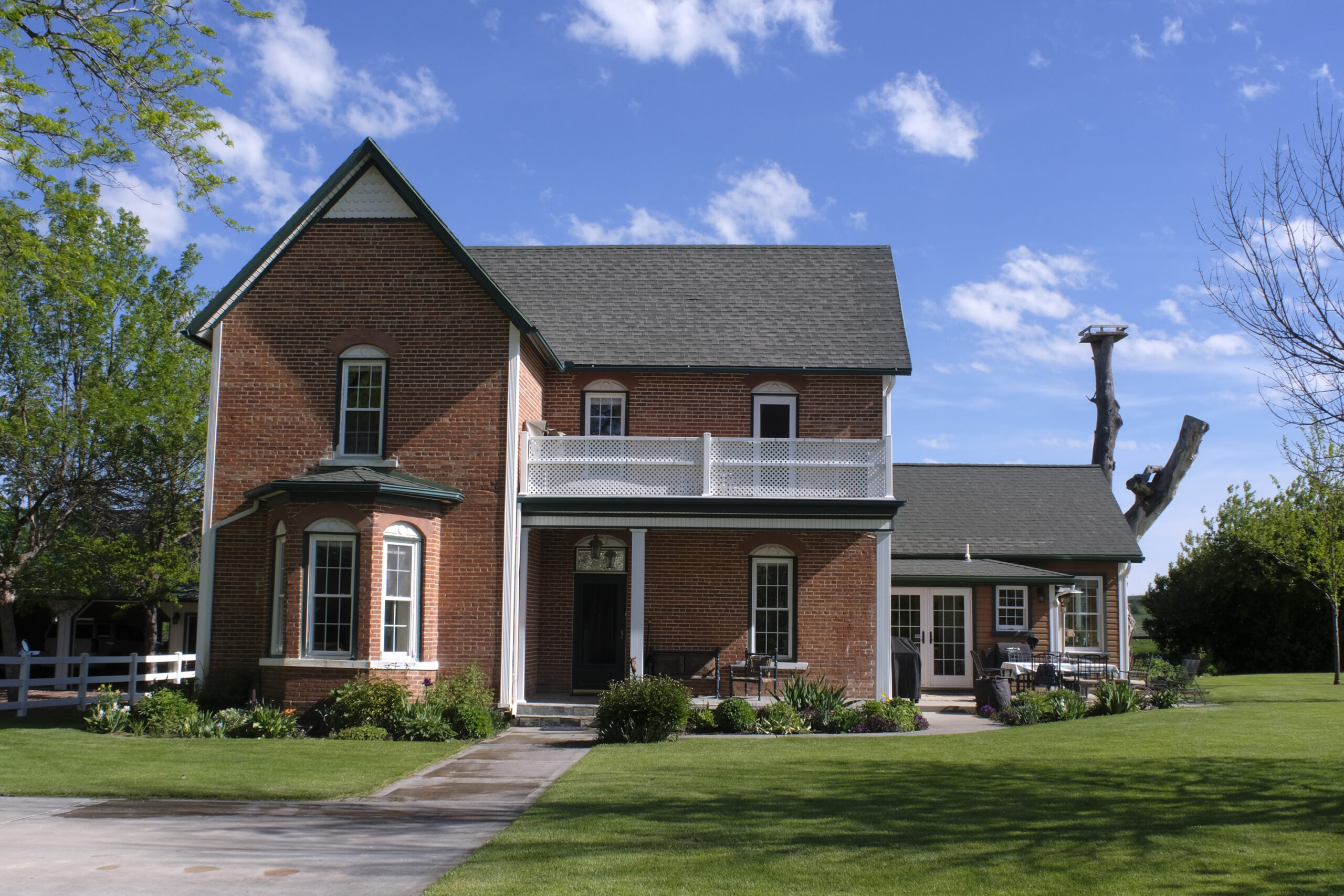
Tom Balding’s ‘cool, old place’ now on National Register of Historic Places
“For 20 years, people would ask me about the history of the house. It was embarrassing to say I think it was built about 1900 and not be able to say anything else,” Tom Balding said of his homestead along Prairie Dog Creek east of Sheridan.
He knew the brick house, stone barn, and log cabin were old. But how old? And who built them? And why? That was all up in the air. He had heard rumors that the Bozeman Trail crossed his land. But who knows if it’s true? As Tom lamented, “I didn’t have the ability or the time to do the research.”
Then, one day while visiting Fort Phil Kearney, he saw a map. “It went right through my property,” he asserted.
“That was the epiphany,” he recalled. “Then my son found remnants of a wagon that had gone into the creek. It wasn’t until I saw pretty good evidence and proof that triggered me to look into it a bit more.”
That spurred Tom to contact Sheridan Community Land Trust to see if they could help him learn more about his homestead. SCLT history program staff researched the property and learned Tom’s homestead was every bit as historic as he thought it would be.
A home with layers of history
The home-site was, indeed, part of the Bozeman Trail route from 1864-65. Artifacts from a wagon and, fittingly for the man whose name is synonymous worldwide with bits and spurs, an iron horse bit have been found in the creek bed, though rigorous archaeological work would be needed to accurately date those historical treasures.
The property’s location along a reliable water source like Prairie Dog Creek means Plains Indian Tribes likely spent time on the site over their many centuries in Wyoming, though there is no definitive evidence at this time.
That water source, though, likely made it appealing to Stephen George, who filed a homestead claim for the land in 1881. At the time, there were only two homes in Sheridan. He soon built the log cabin that sits on Tom’s home-site today. It was George’s primary home until the early 1900s when the brick house Tom lives in today was built. Its red bricks were baked in a kiln on site.
Like the limestone of which it is built, the stone barn is literally layered in history. Fossil shells reveal themselves in the barn’s stone foundation and walls. It is quite likely from the Madison formation frequently found in our region and dates back as much as 360 million years old. The stones were most likely locally quarried.
The barn itself is architecturally similar to English barns, which is befitting George, who was born in the tiny village of Baughurst, England, about 50 miles west of London. English barns are rare in Sheridan County, and even fewer barns are as well preserved.
George and his wife Ann were married in 1890. They, along with Ann’s two daughters from a previous marriage, lived in the cabin for at least a decade before the brick house was completed. They’d make the brick house their final home. Ann passed away in 1921; George passed the following year. He made his living as a cattle rancher after initially coming West with his brother and “two yoke oxen and a cow” in 1859, hoping to strike it rich in the Colorado gold rush. George would expand his holdings in Sheridan County to about 800 acres.
More than a ‘cool, old place’
“I was oblivious and never really thought about the historic value of my property,” Tom said. “For 20 years, it was a cool, old place to live out in the country.”
History isn’t the only valuable part of Tom’s homestead. It teems with wildlife, is host to many stream-side trees and shrubs that are fewer and far between east of Interstate 90. It has been designated an Important Bird Area by the Bighorn Audubon Society after 81 bird species including eagles, owls, hawks, osprey, kingfishers, and many ducks were identified utilizing the site.
“It’s like a nature reserve out there,” he said describing the bobcats, mink, beaver, fox, mountain lions and bears that he’s seen or, in some cases, sees signs of. “The bears go through and clean out the chokecherries. I’ve never seen one, but they don’t cause a problem.”
Tom has also built a trail along the creek, a place he loves to ride his Onewheel. He also shares the trail with folks who want to connect to nature, like birders, and to the outdoors, like mountain bikers.
This year, all of the historical research culminated in Tom’s homesite being listed by the National Park Service in the National Register of Historic Places. Now, people can connect with the history of Tom’s home in a more meaningful way. And Tom loves knowing more people can connect to his special patch of paradise.
“Getting listed wouldn’t have happened without SCLT. They did an amazing job,” he reflected and concluded, “I love where I live. To have it appreciated for what it is and to share it makes me really happy.”

